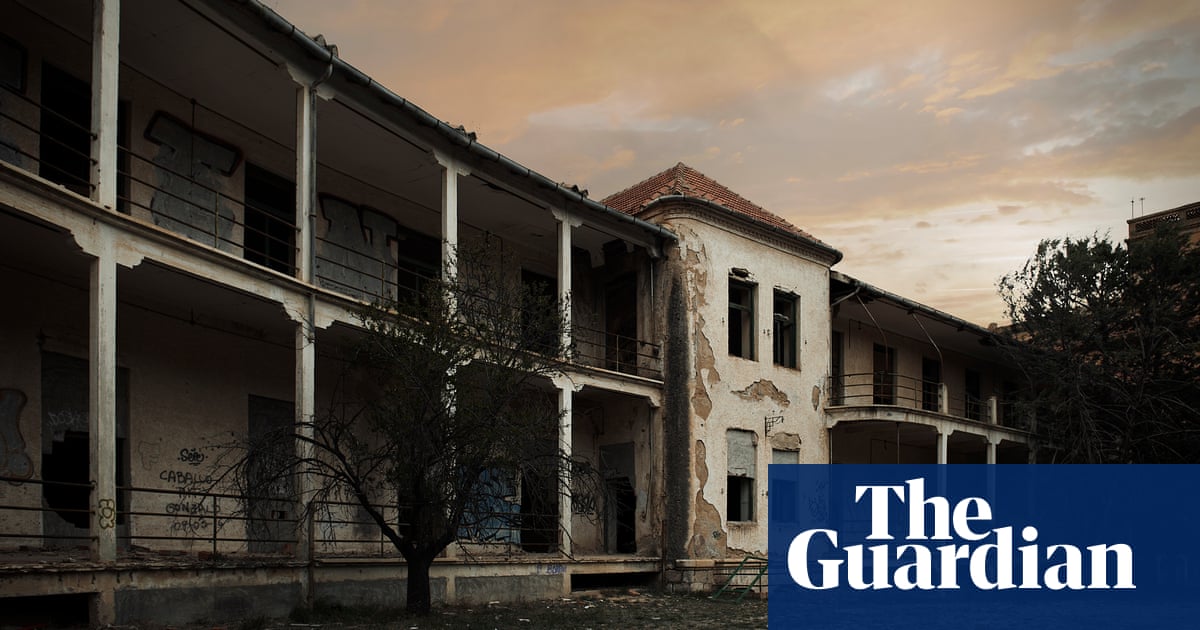
I
If Shirley Jackson and David Wojnarowicz were confined in a room, they may create a decaying fantasy realm similar to the one depicted in Justin Torres’ latest book, Blackouts. It could be seen as a queer and gothic interpretation of the Hotel California.
My review notes are full of these pop-cultural thought experiments: imagine Scheherazade plucking her stories from the Kinsey Report; Kiss of the Spider Woman restaged in a psychiatric hospital; the Old Testament rewritten by Tennessee Williams. Blackouts is both a tale and a product of queer inheritance. It is a book that honours its ghosts.
The main recurring figure in Torres’s novel is Jan Gay, also known as Helen Reitman (1902-1960), a groundbreaking queer sociologist who was both a subject and an expert. In the 1920s and 30s, Gay conducted numerous interviews in an attempt to destigmatize and normalize queer desire. However, in order to publish her work, she needed the approval of a physician, typically a respected and authoritative figure. This led to the publication of the influential report, Sex Variants: A Study of Homosexual Patterns (1941), which was co-opted and pathologized by a group of American doctors, who turned personal testimonies into medical diagnoses. Despite this, the report also preserved many of Gay’s original interviews, providing a rare and valuable insight into queer life during the era of eugenics.
In Torres’s book, a heavily edited version of Sex Variants has made its way into the Palace, a withering estate located in an unnamed town on the border. The Palace may have once been a hotel or a “grand asylum” in its past life. However, it now appears to serve as a lower-cost hospice, or maybe even a sort of purgatory: the ultimate temporary residence. Time behaves oddly within its walls, almost as if “everything here is always moving at a slow pace”.
Juan Gay, a long-time inhabitant, has been consumed by the heavily censored document and has been reconstructing Jan’s narrative, which ultimately intertwines with his own (their shared last name is not coincidental). However, there is only one method of departure from the Palace, and Juan’s final journey awaits. It is now his responsibility to pass on the task to someone else.
Our main character is introduced as a young man named Nene, a nickname given by Juan. Nene is financially struggling and has used his last bit of money for a bus ticket to visit Juan. They make a deal on Juan’s deathbed that Nene will take over his work in exchange for staying at the Palace.
Blackouts is largely confined to that room. At times it feels like a confessional booth; at others, a therapist’s office or sociology classroom. But it always feels like a metaphor. Underneath the decades of flaking paint, a garish circus cavorts across the wallpaper – a frieze of tamed lions and clowns with rictus grins.
At night, the group of men share tales in the sweltering darkness, trying to ward off death for as long as possible. During the day, while Juan sleeps and weakens, Nene meticulously studies the report, attempting to decipher its redactions. Initially, Nene believed the redactions were the work of a government official, but upon closer examination, she realized the level of precision and obsessive attention to detail went beyond mere censorship.
When in the possession of a government official, a black marker can serve as a powerful tool for hiding information. However, it can also be used to uncover hidden truths. This is the case in Torres’ novel, where he includes excerpts from Nene’s report that have been stripped of confusing scientific jargon. As a result, Jan Gay’s subjects are portrayed in a more humane and relatable light, with their desires no longer restricted by societal norms.
Blackouts comes twelve years after Torres’s beloved first book, We the Animals. This semi-autobiographical story follows the intense and chaotic desires of three brothers. While that book was raw and straightforward, Blackouts is a completely different entity. It quietly enters like a nocturnal creature, incorporating elements of paratextual, meta-fictional, multimedia, and non-linear forms.
The first and second books by the author are like beautiful counterweights, with the intense debut and the smooth follow-up. For readers, the emotional pain in We the Animals came from witnessing the intense bond between the brothers crumble due to societal shame. It portrayed the experience of being ostracized for being queer – the forces of exclusion. In contrast, Blackouts brings deep joy. Juan’s agreement with Nene is not a trap, but an opportunity to create his own limitless narrative. Nene realizes, “I was missing out on something grand – a rebellious, unique culture; a heritage.”
The resilience of queer history can be found in quiet and secretive locations, often through what is left unsaid and implied. It is pieced together from overlooked details and fragments, and can be glimpsed through shadows and revealed by dispelling harmful falsehoods. Torres’s book pays tribute to this enduring nature, while also honoring the body as a fleeting and imperfect record.
The novel Blackouts celebrates the disturbing yet captivating appearance of human decay. It explores themes of mercy and humiliation, depicting bruises and bones as well as the complex relationship between sexuality and mortality. Author Torres reflects, “At a certain point, the disastrous becomes almost interchangeable with the magnificent.” This masterful book succeeds in keeping readers at the perfect distance to fully appreciate its content.
Source: theguardian.com


